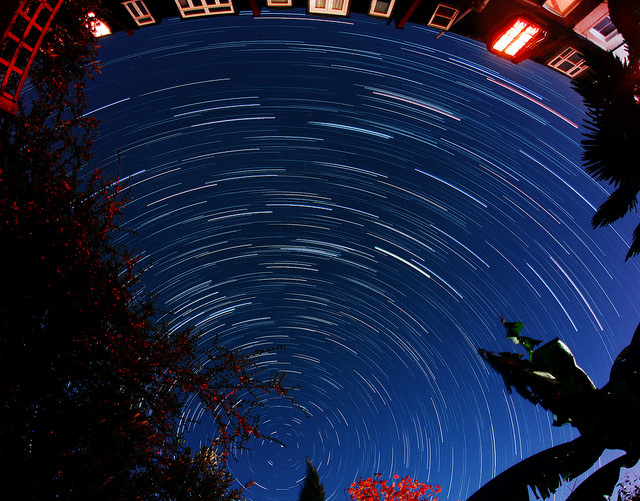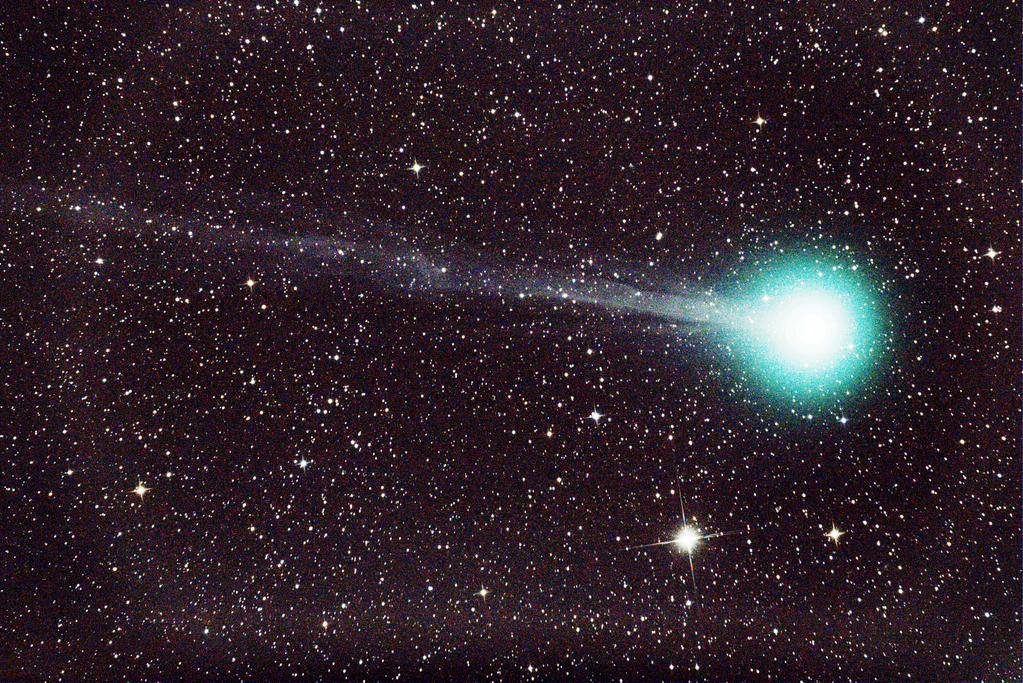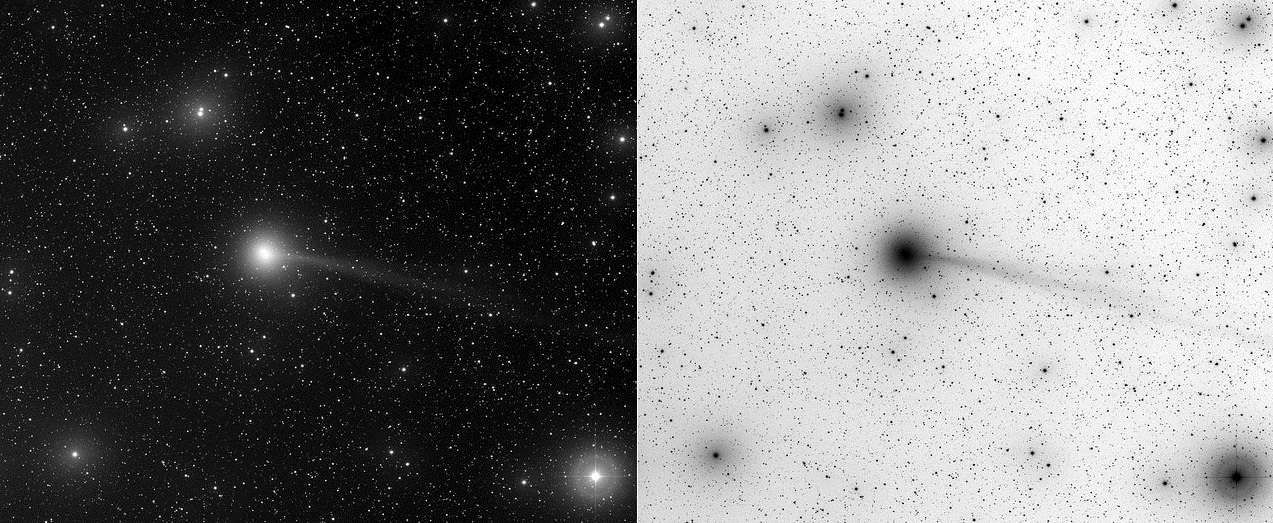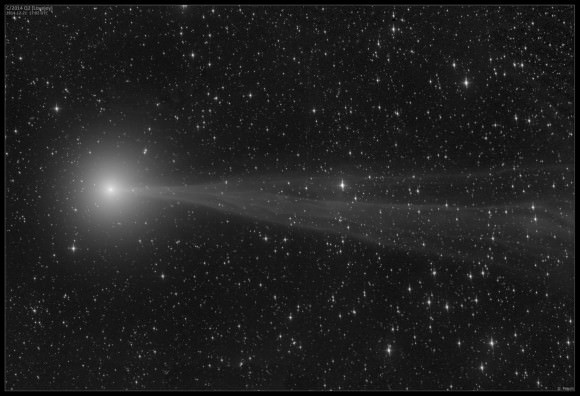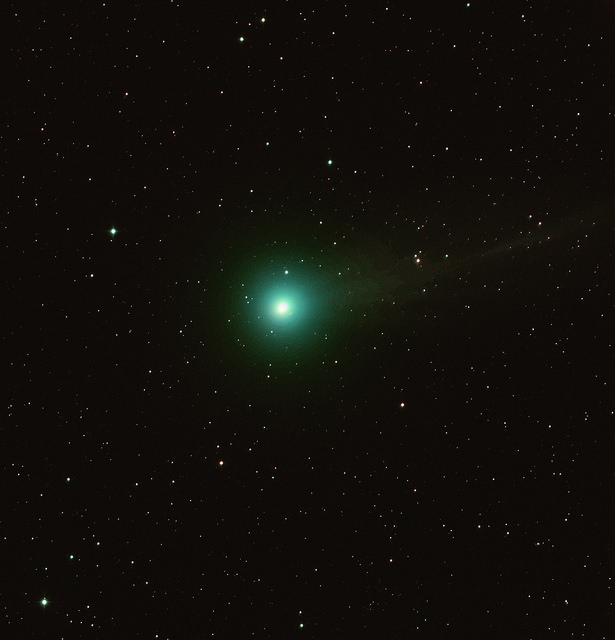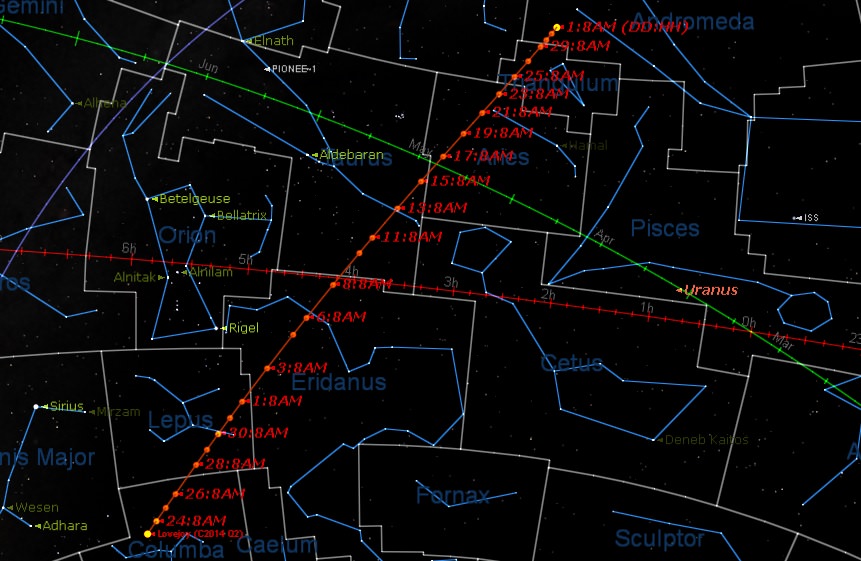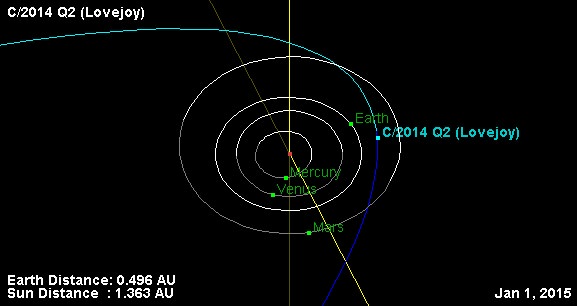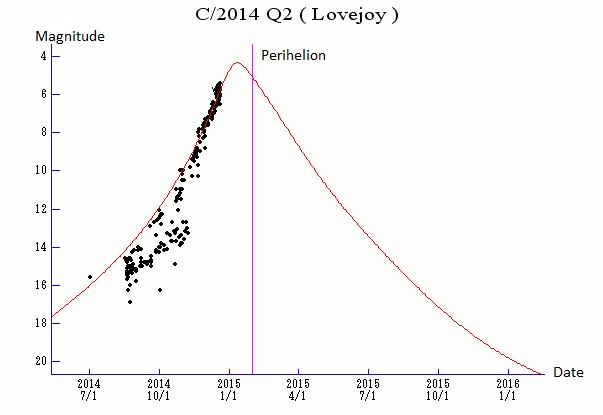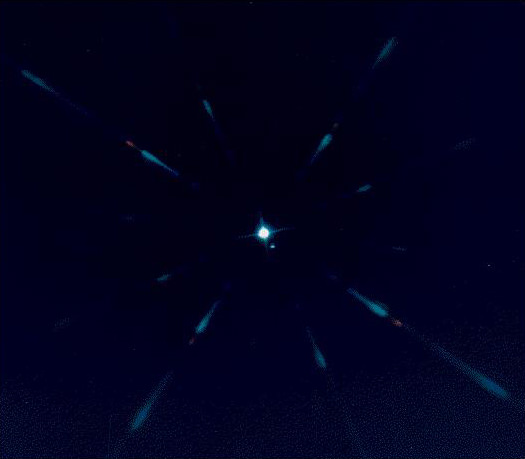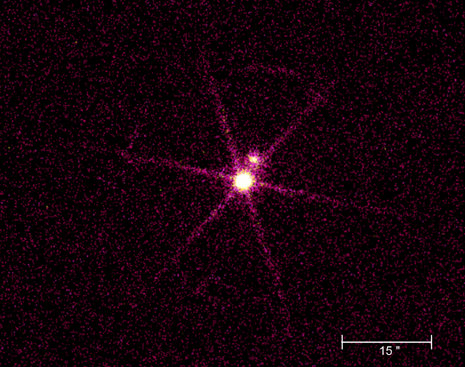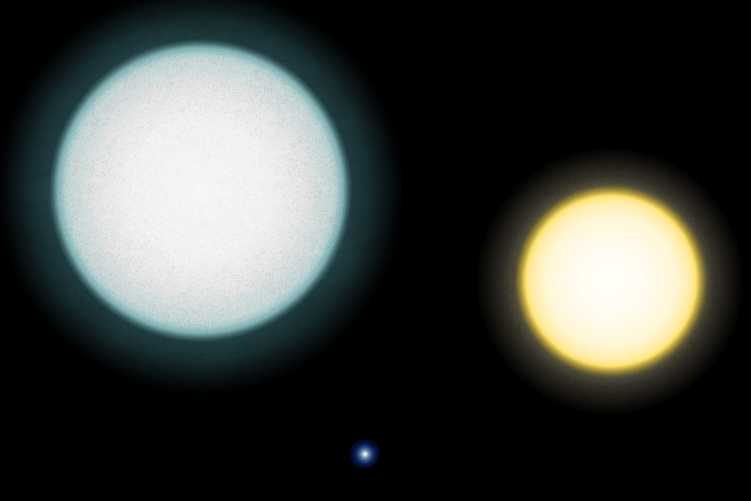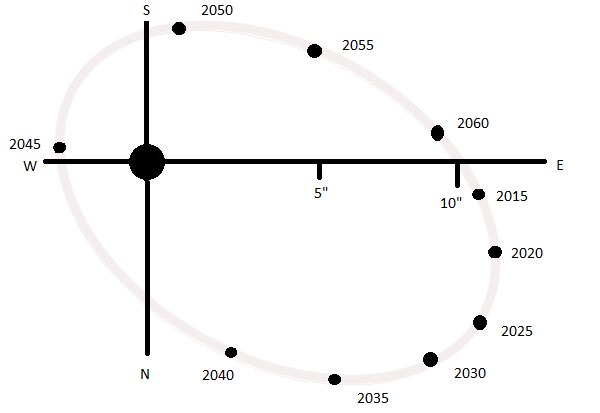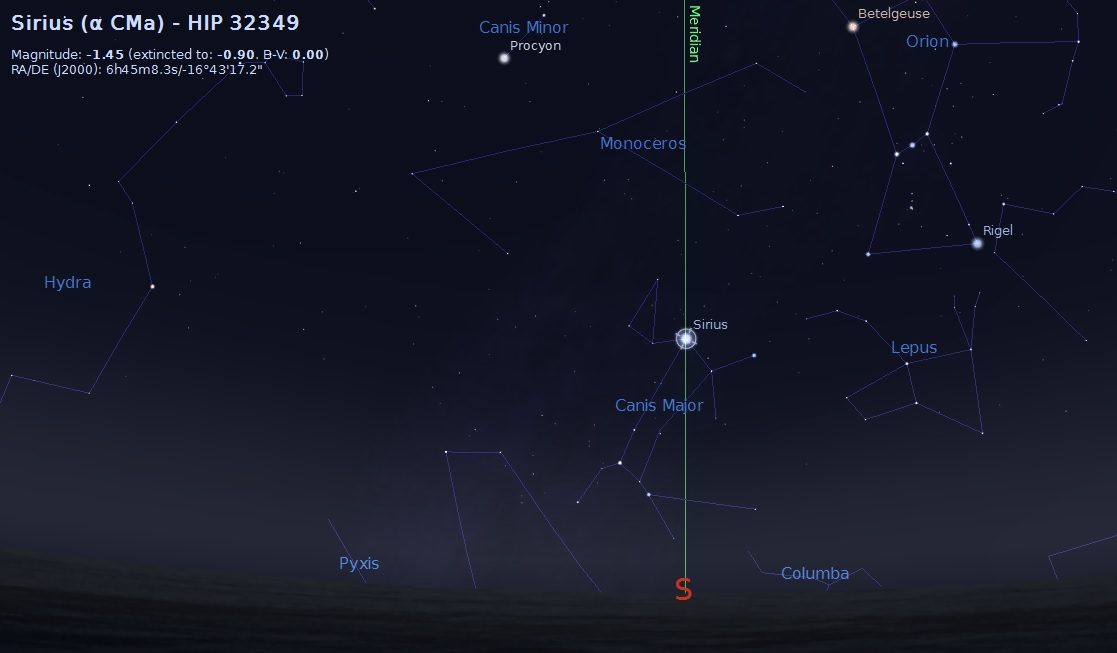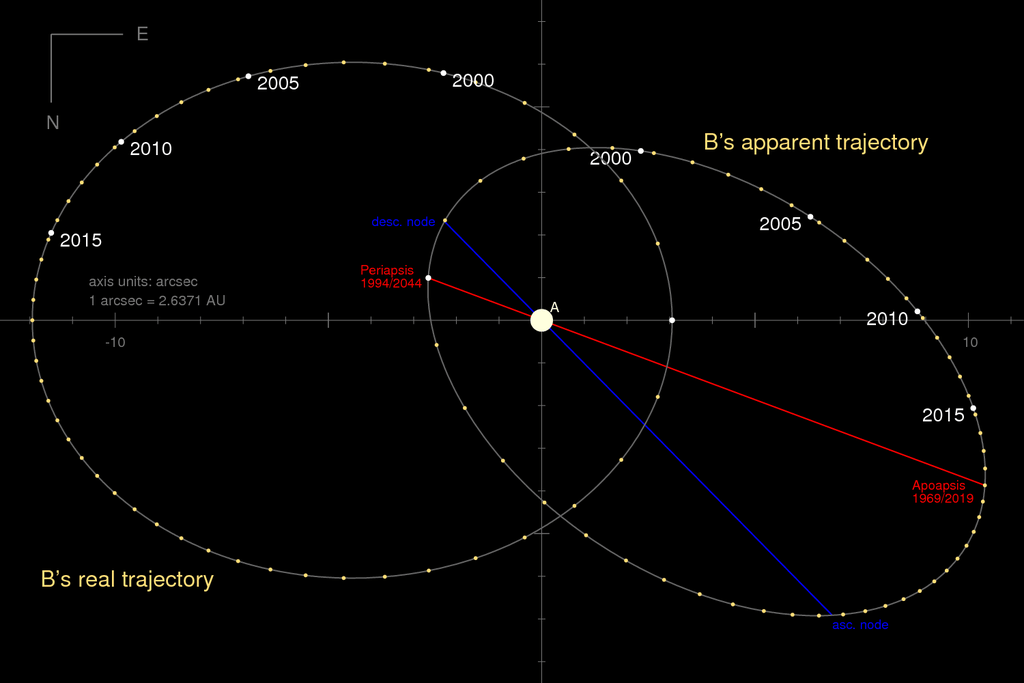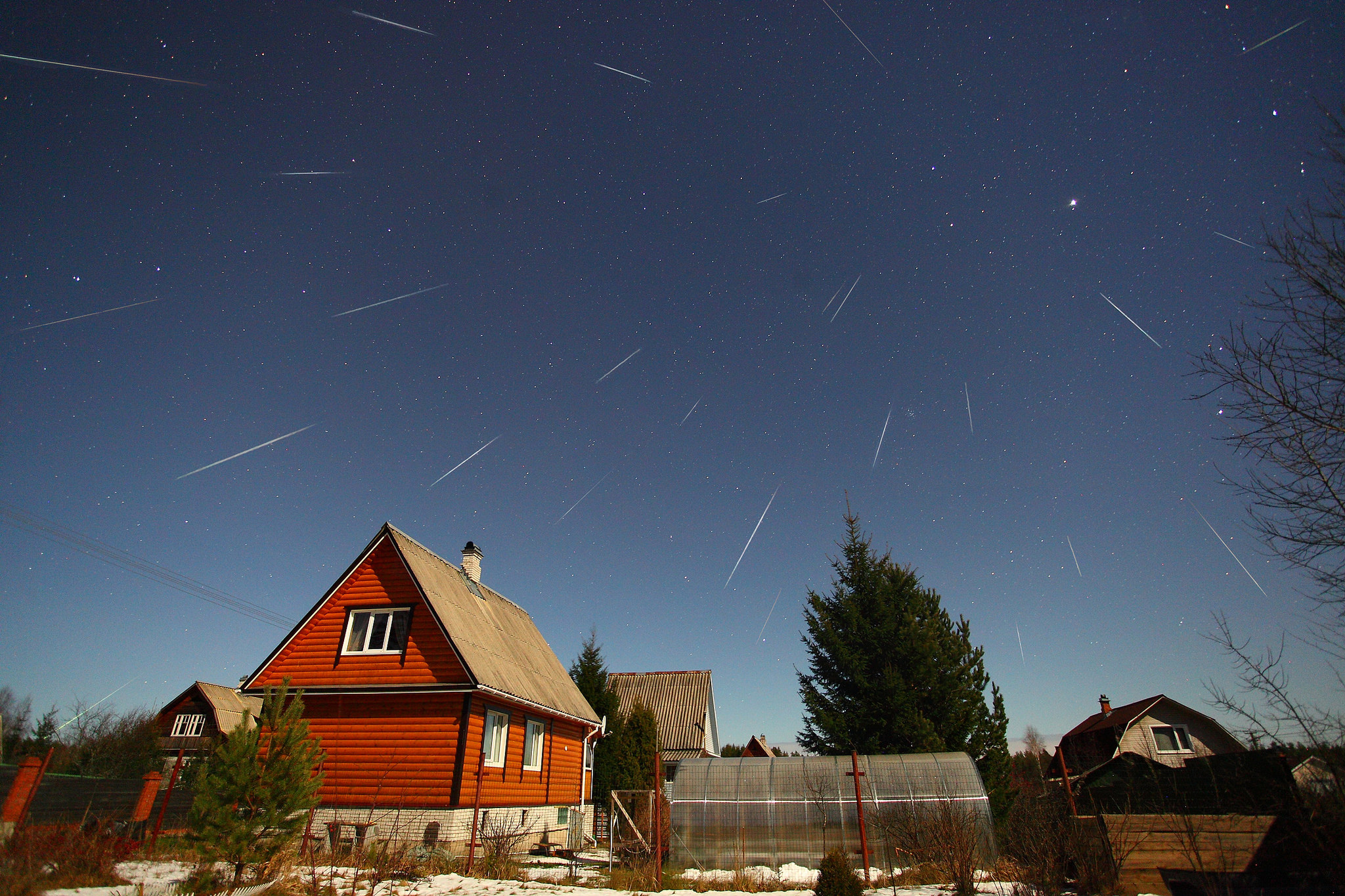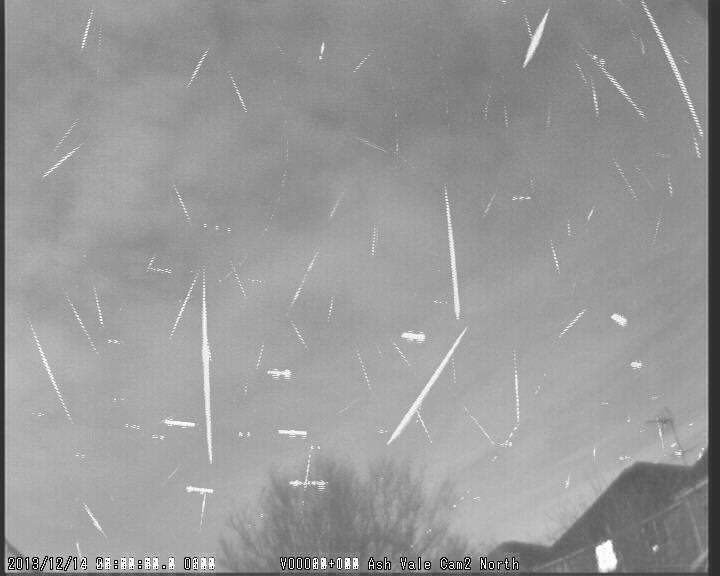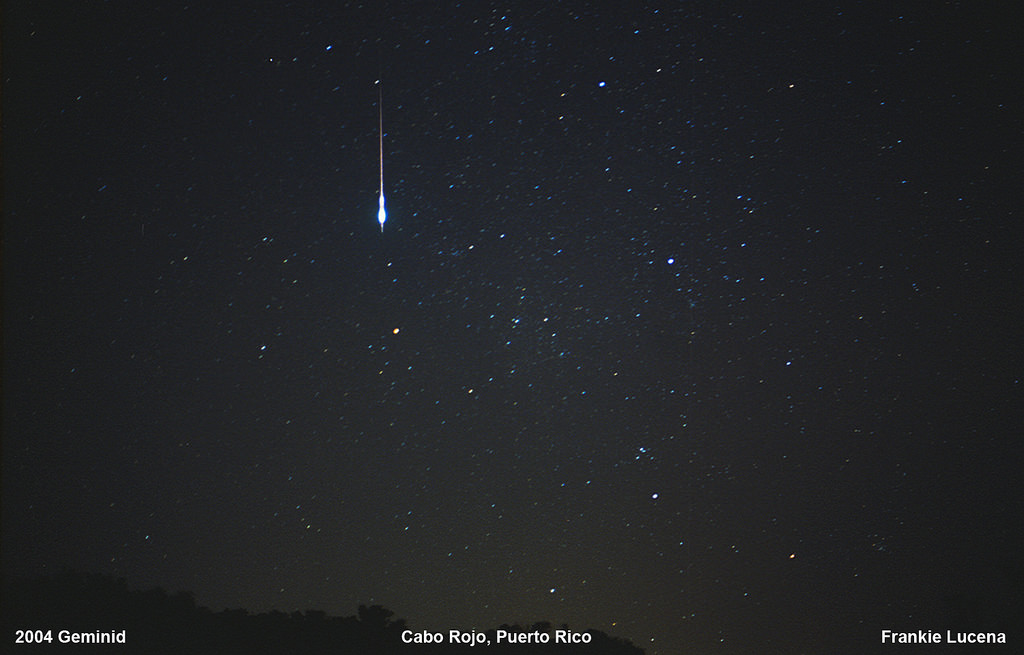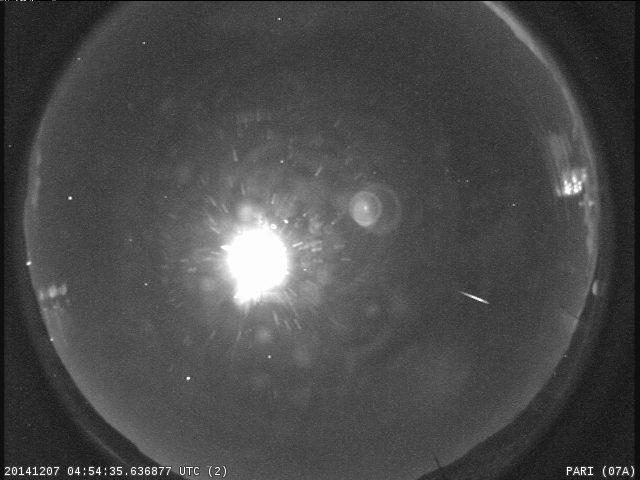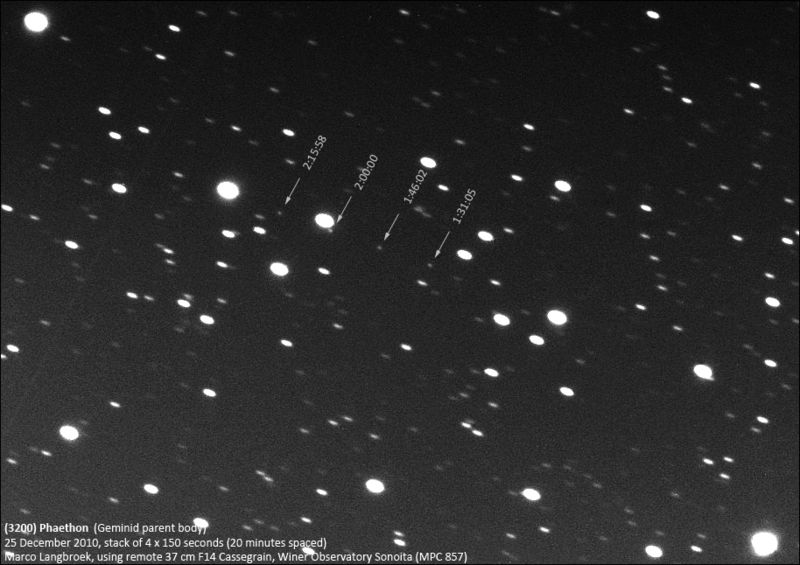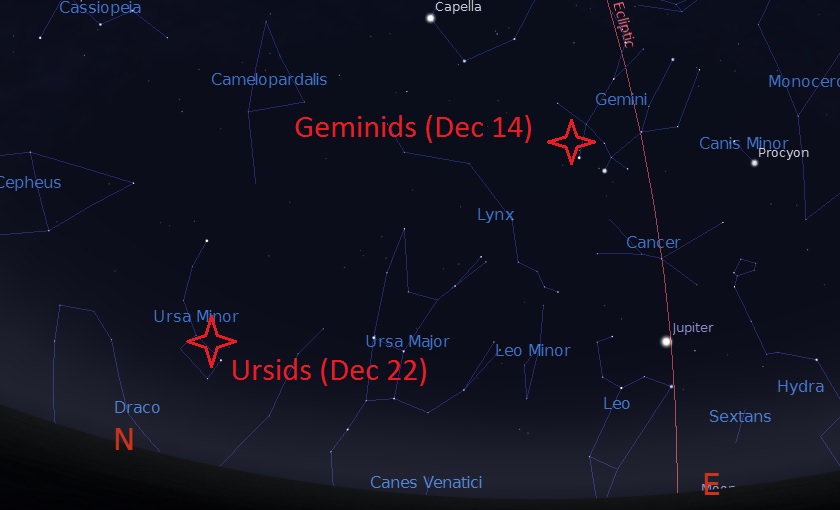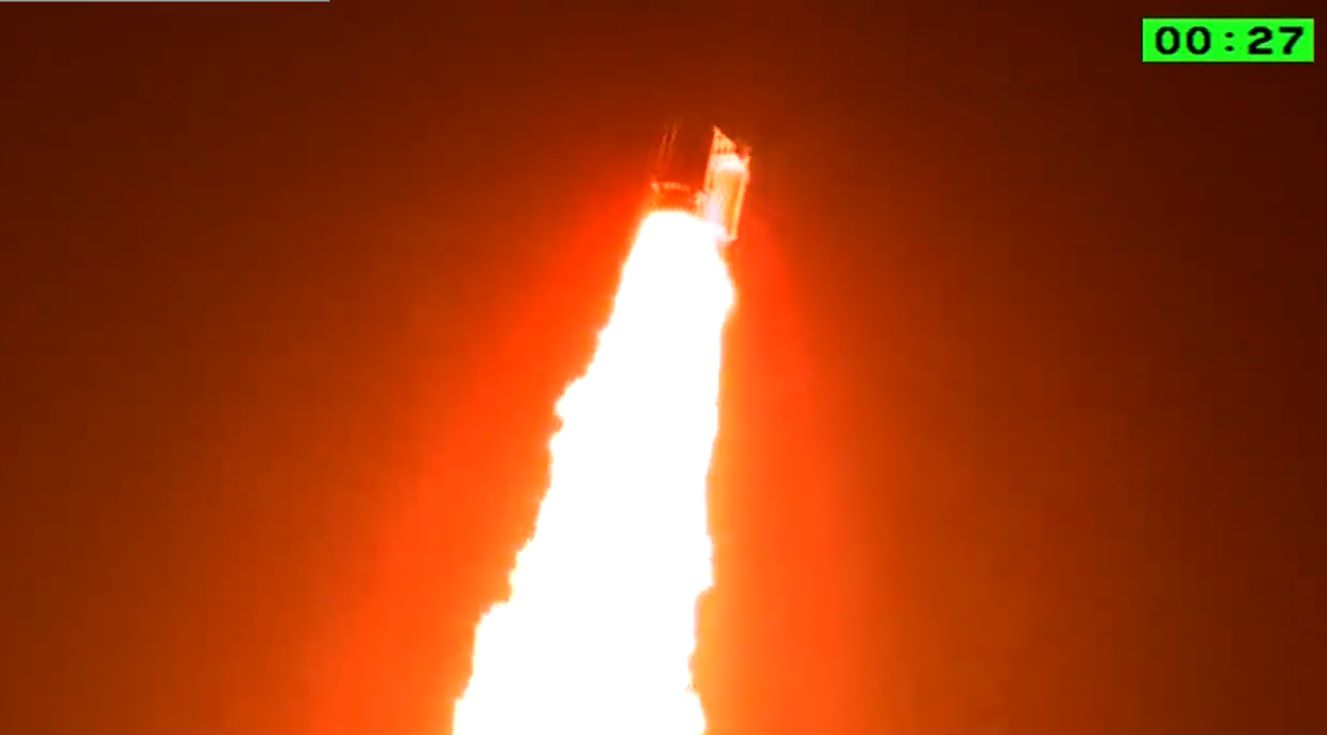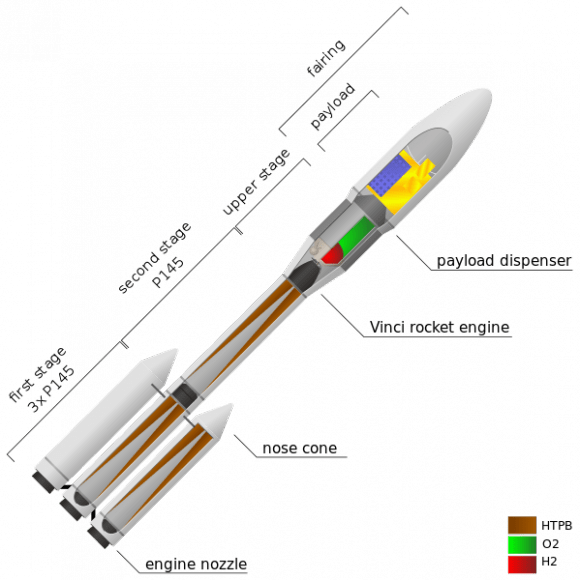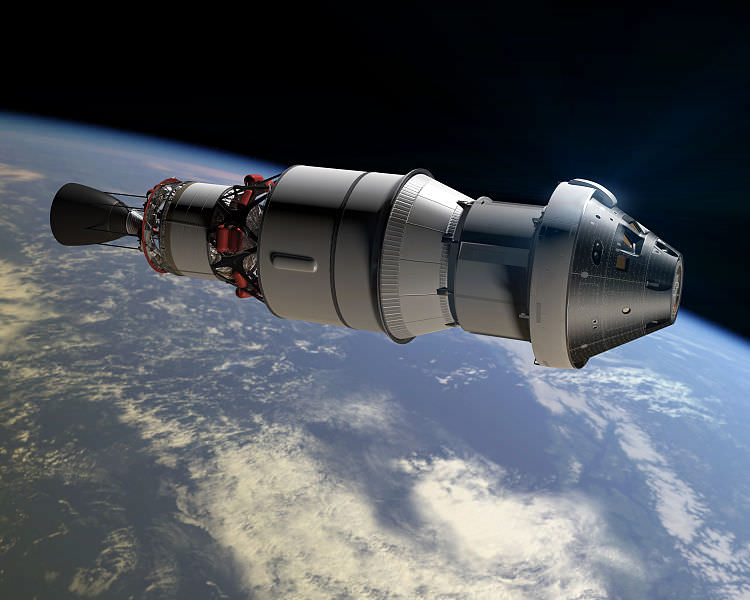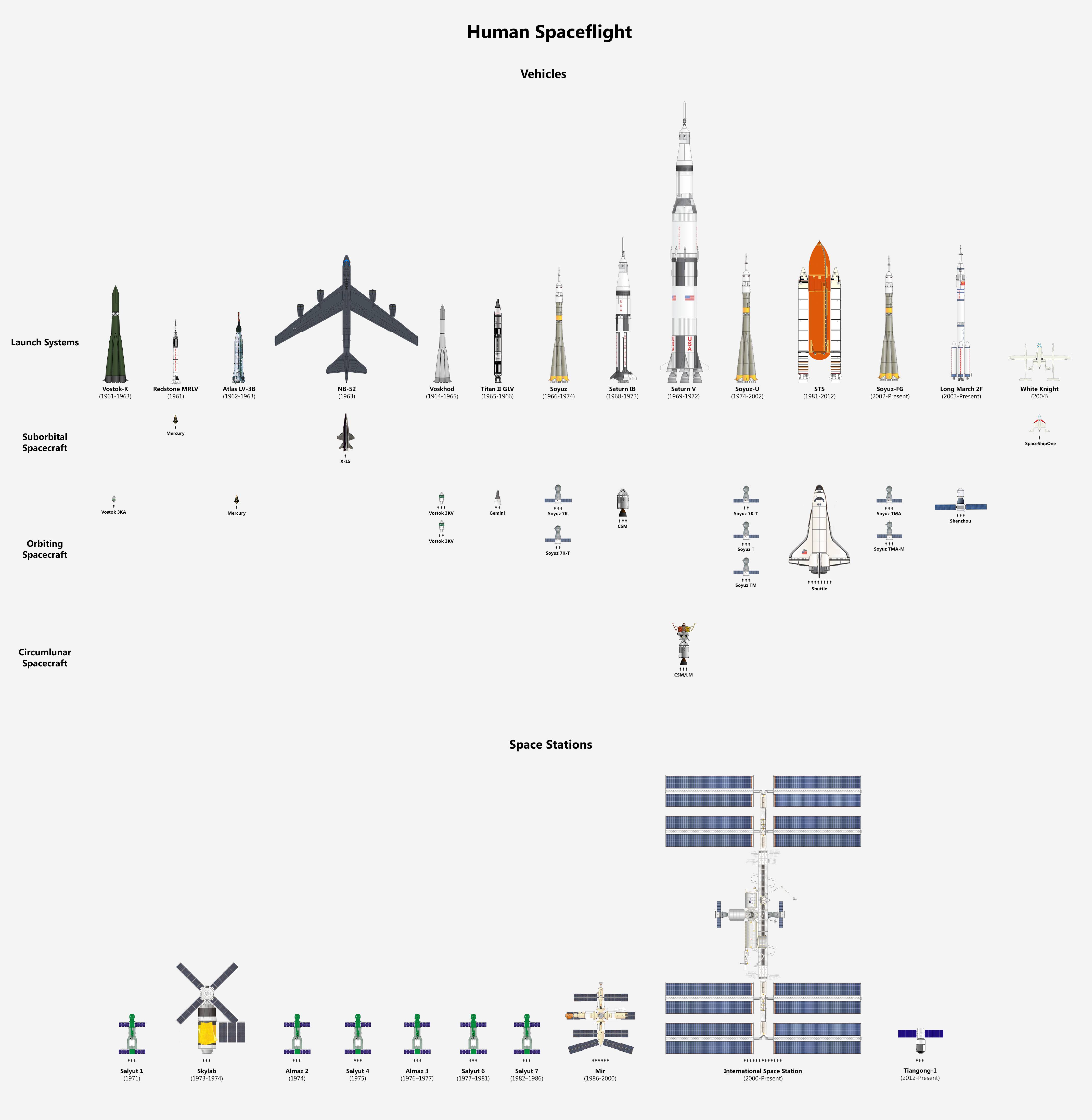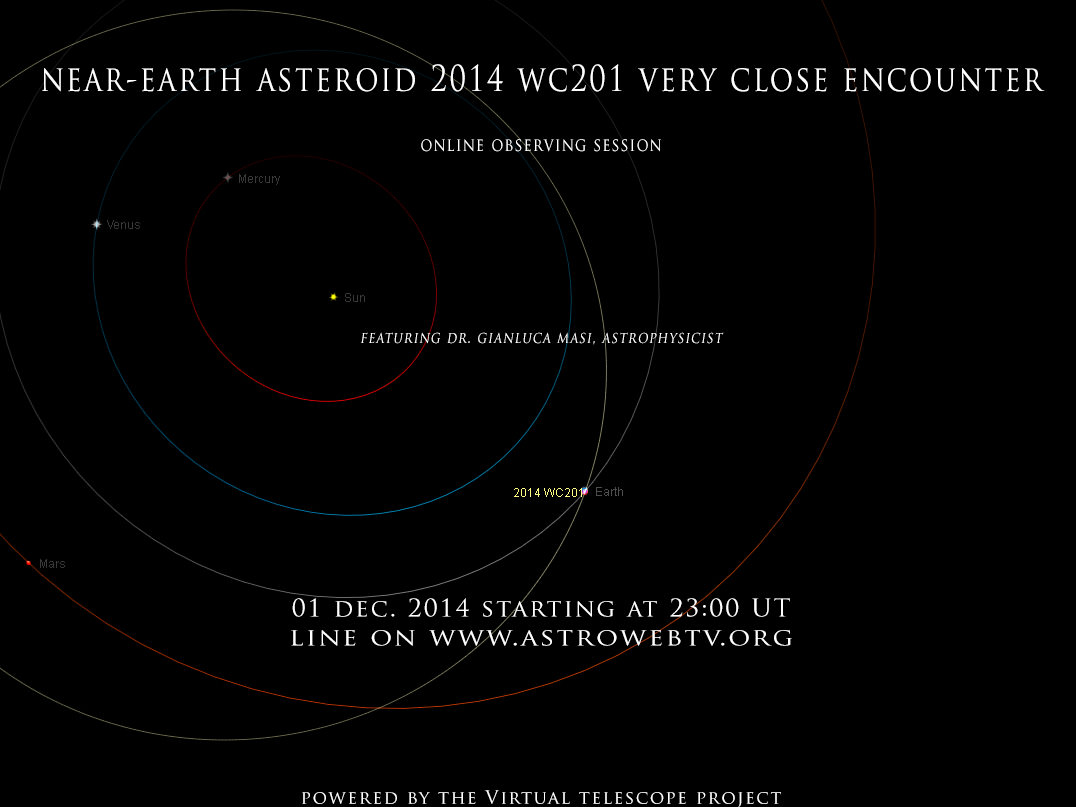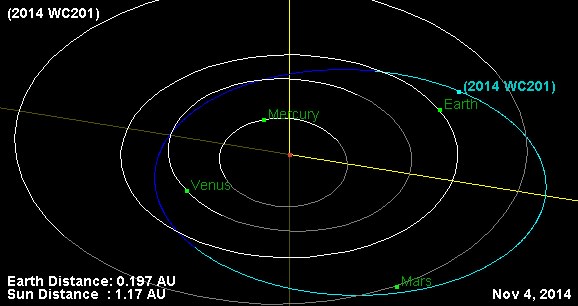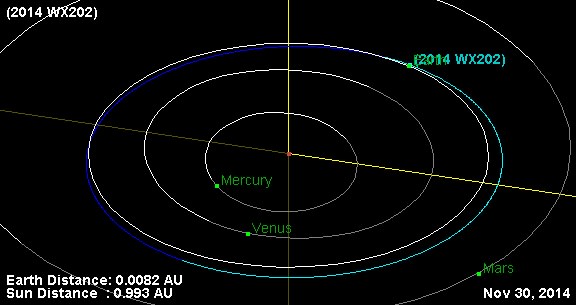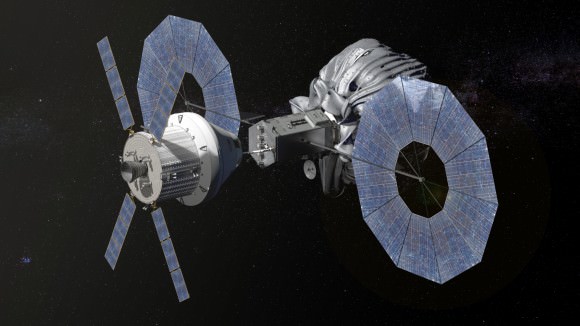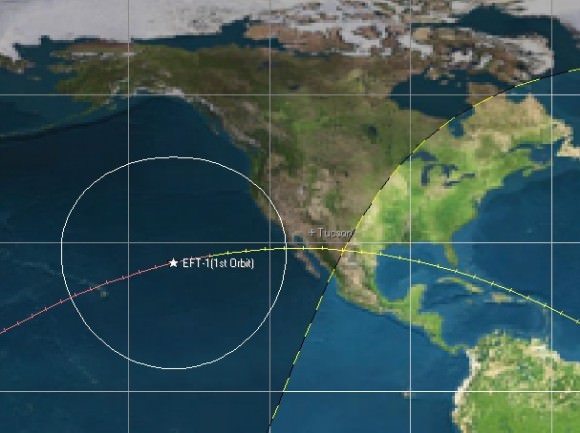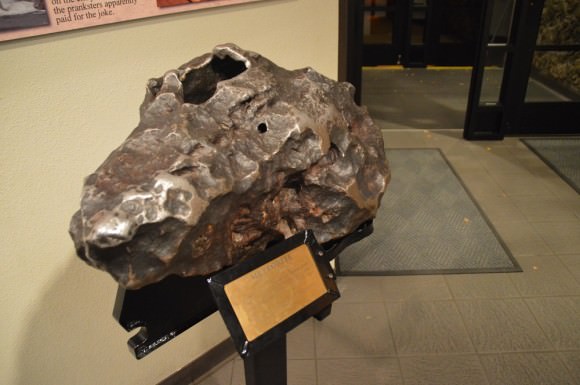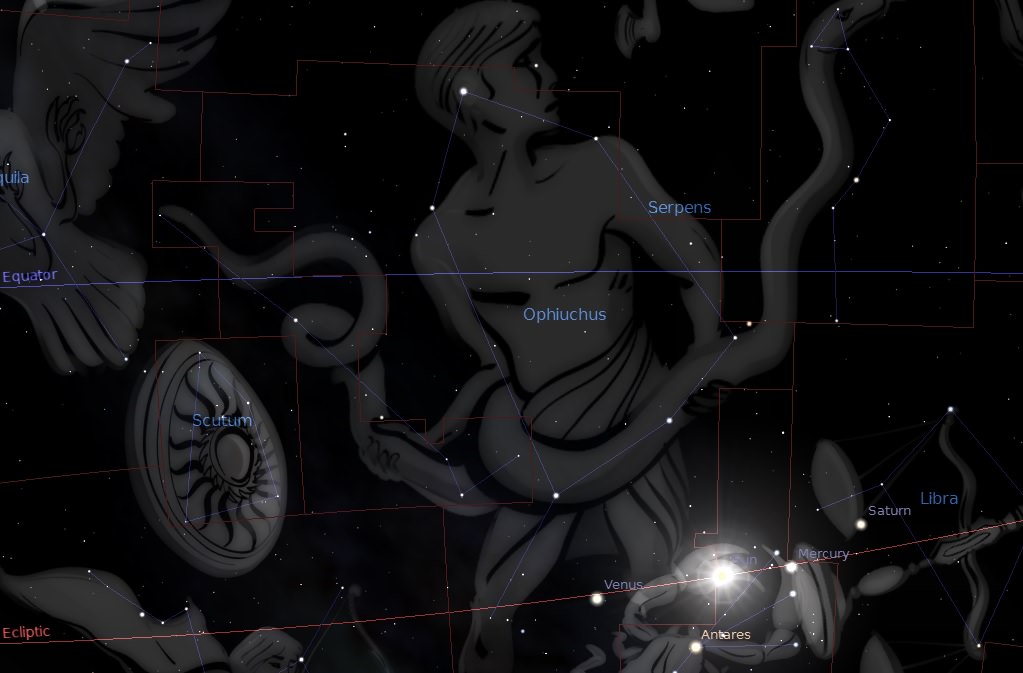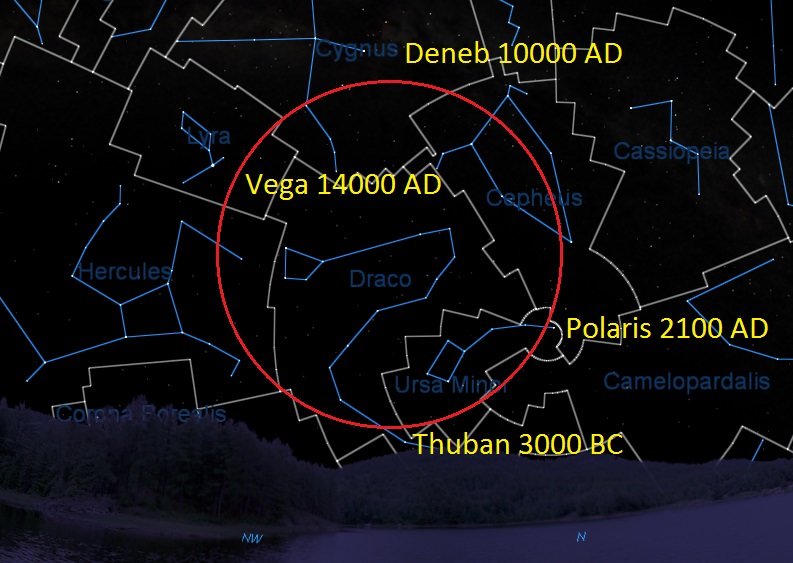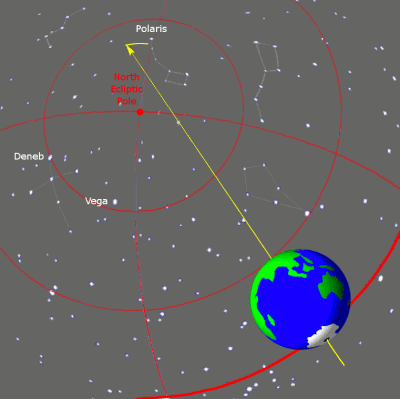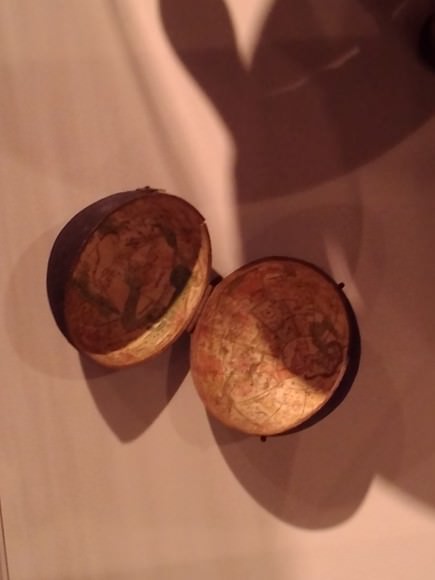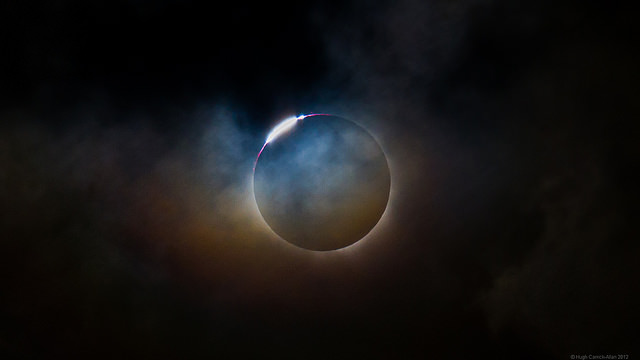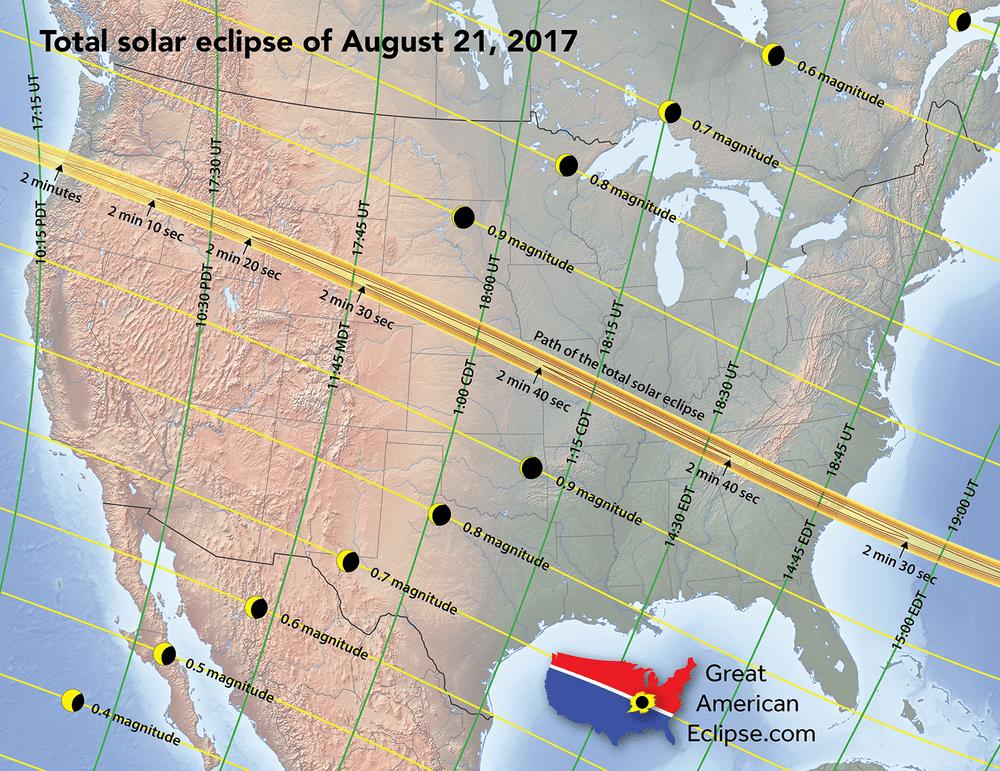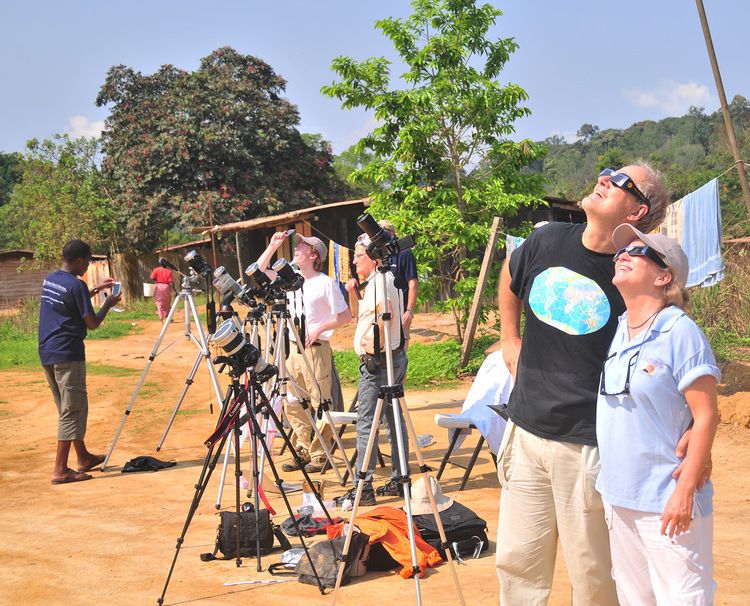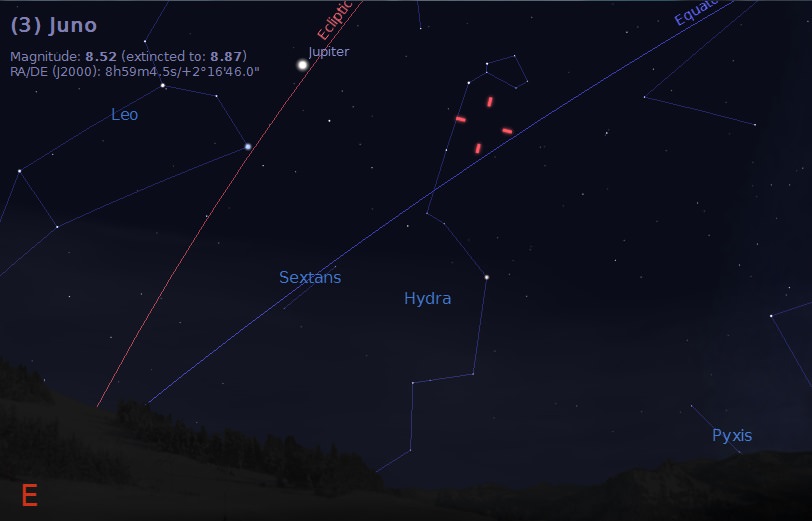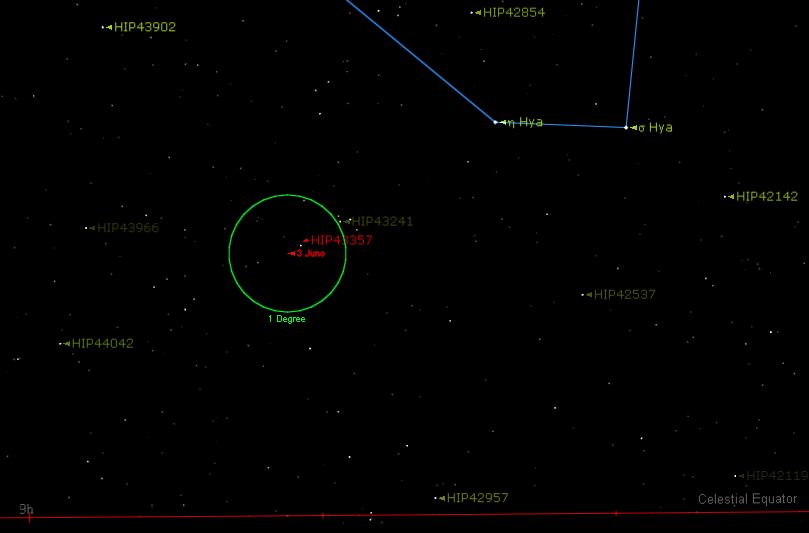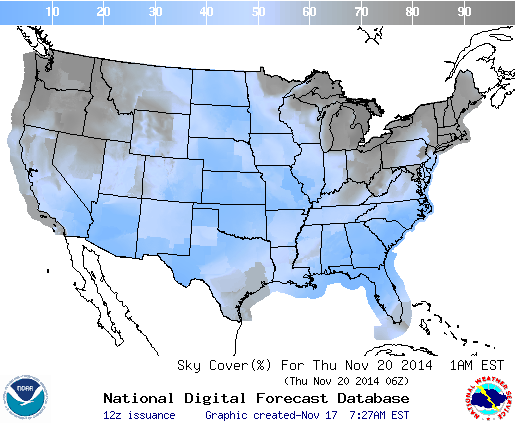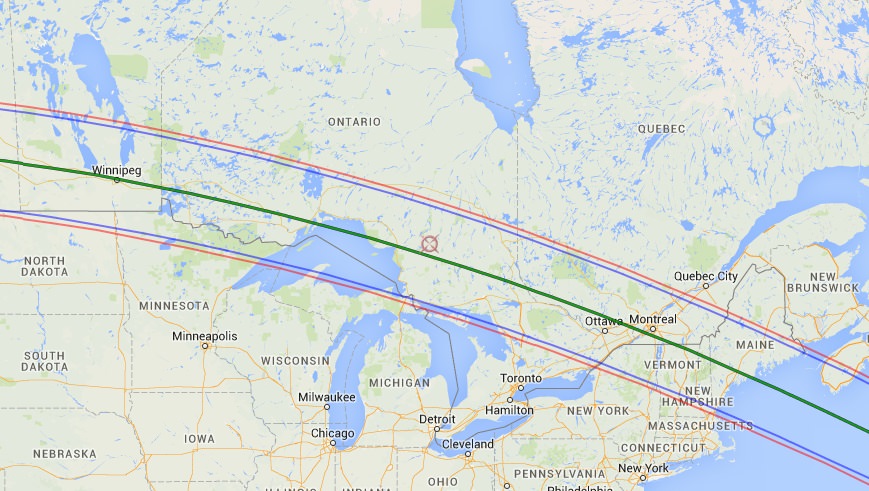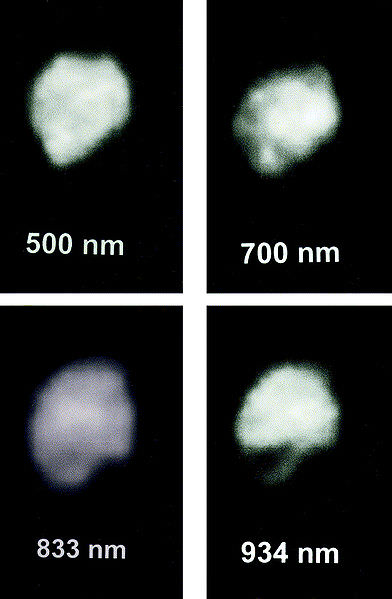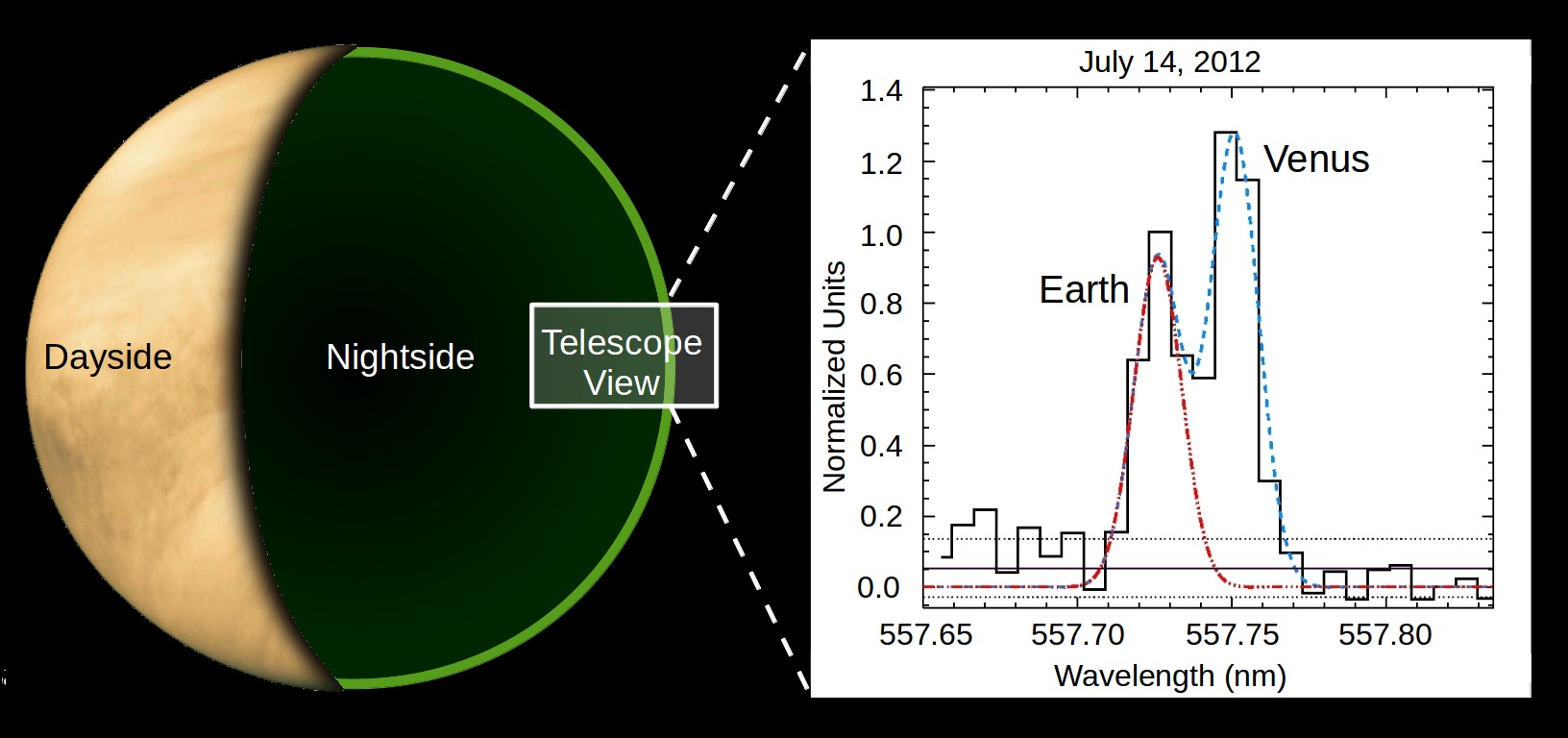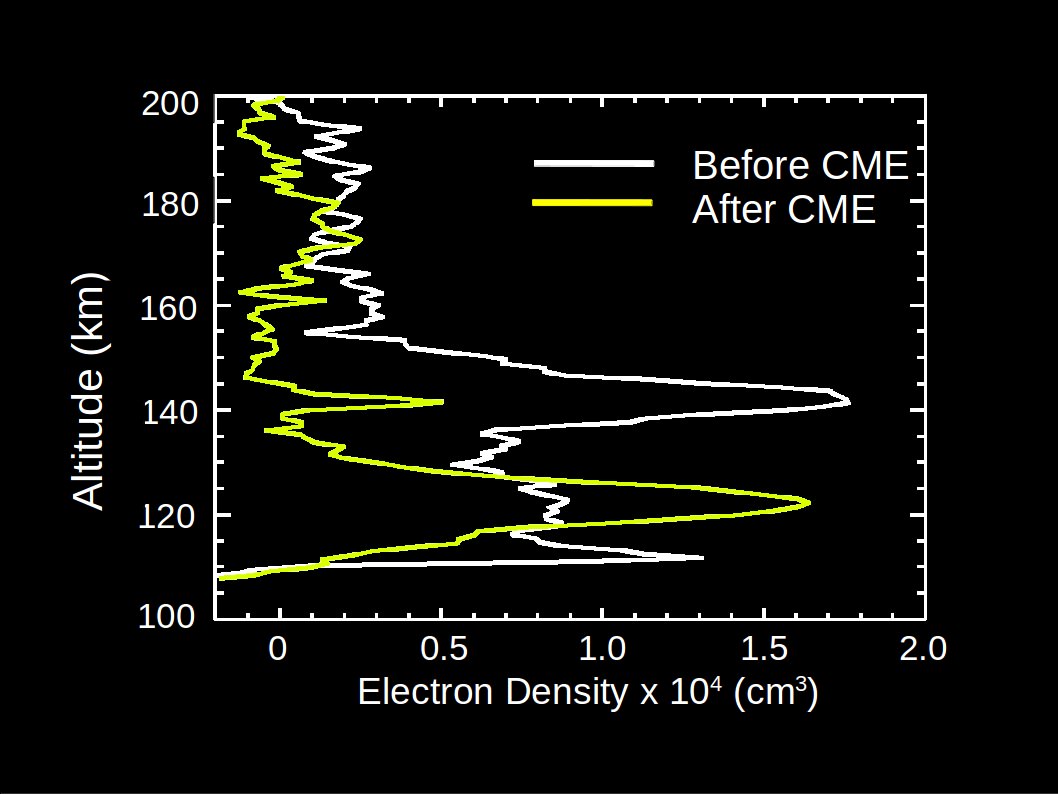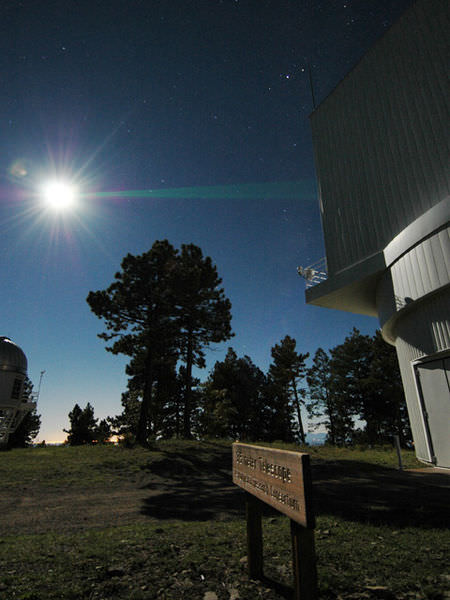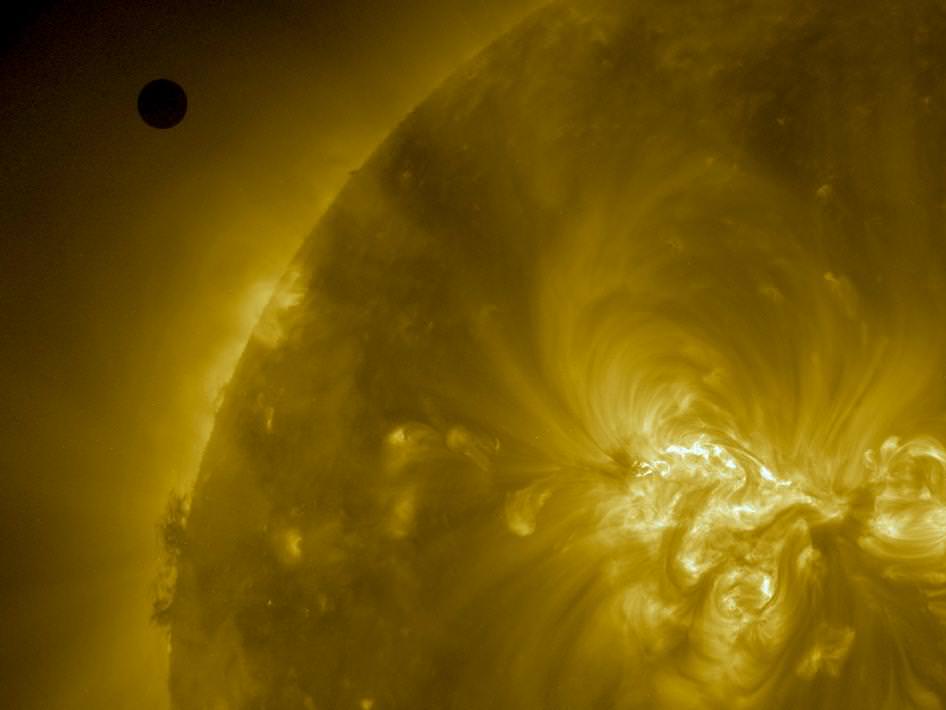Phew! It’s here.
Now in its seventh year of compilation and the second year running on Universe Today, we’re proud to feature our list of astronomical happenings for the coming year. Print it, bookmark it, hang it on your fridge or observatory wall. Not only is this the yearly article that we jokingly refer to as the “blog post it takes us six months to write,” but we like to think of it as unique, a mix of the mandatory, the predictable and the bizarre. It’s not a 10 ten listicle, and not a full-fledged almanac, but something in between.
A rundown of astronomy for 2015: There’s lots of astronomical action to look forward to in the coming year. 2015 features the minimum number of eclipses that can occur, two lunars and two solars. The Moon also reaches its minimum standstill this coming year, as its orbit runs shallow relative to the celestial equator. The Moon will also occult all naked eye planets except Saturn in 2015, and will occult the bright star Aldebaran 13 times — once during every lunation in 2015. And speaking of Saturn, the rings of the distant planet are tilted an average of 24 degrees and opening to our line of sight in 2015 as they head towards their widest in 2018.
Finally, solar activity is trending downwards in 2015 after passing the sputtering 2014 maximum for solar cycle #24 as we now head towards a solar minimum around 2020.
Our best bets: Don’t miss these fine celestial spectacles coming to a sky near YOU next year:
– The two final total lunar eclipses in the ongoing tetrad, one on April 4th and September 28th.
– The only total solar eclipse of 2015 on March 20th, crossing the high Arctic.
– A fine dusk pairing of the bright planets Jupiter and Venus on July 1st.
– Possible wildcard outbursts from the Alpha Monocerotid and Taurid meteors, and a favorable New Moon near the peak of the August Perseids.
– Possible naked eye appearances by comet Q2 Lovejoy opening 2015 and comet US10 Catalina later in the year.
– The occultation of a naked eye star for Miami by an asteroid on September 3rd.
– A series of fine occultations by the Moon of bright star Aldebaran worldwide.
The rules: The comprehensive list that follows has been lovingly distilled down to the top 101 astronomical events for 2015 worldwide. Some, such as lunar eclipses, are visible to a wide swath of humanity, while others, such as many of the asteroid occultations or the sole total solar eclipse of 2015 happen over remote locales. We whittled the list down to a “Top 101” using the following criterion:
Meteor showers: Must have a predicted ZHR greater than 10.
Conjunctions: Must be closer than one degree.
Asteroid occultations: Must have a probability ranking better than 90 and occult a star brighter than magnitude +8.
Comets: Must reach a predicted brightness greater than magnitude +10. But remember: comets don’t always read prognostications such as this, and may over or under perform at whim… and the next big one could come by at any time!
Times quoted are geocentric unless otherwise noted, and are quoted in Universal Time in a 24- hour clock format.
These events are meant to merely whet the appetite. Expect ‘em to be expounded on fully by Universe Today as they approach. We linked to the events listed where possible, and provided a handy list of resources that we routinely consult at the end of the article.
Got it? Good… then without further fanfare, here’s the top 101 astronomical events for 2015 in chronological order:
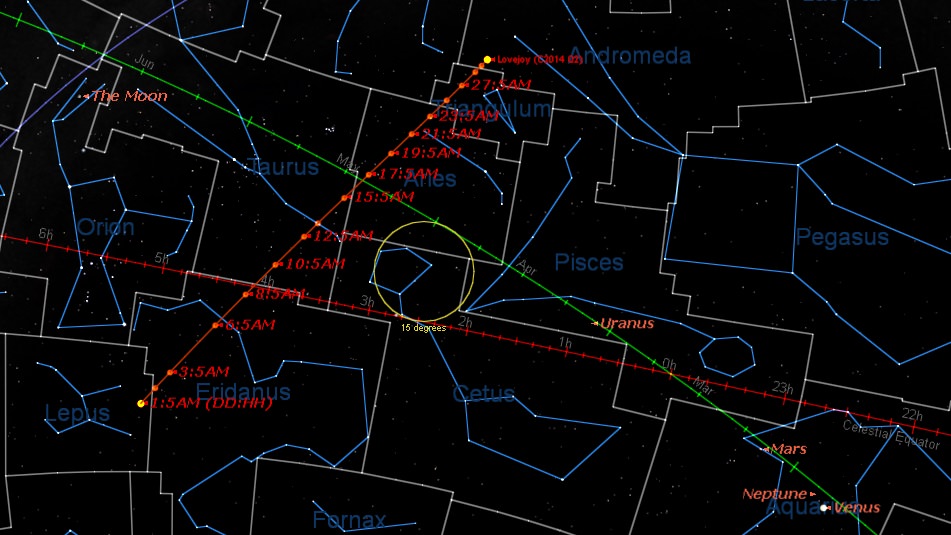
January
01- Comet C/2012 Q2 Lovejoy may reach naked eye visibility.
04- The Quadrantid meteors peak at 02:00 UT, favoring northern Europe with an expected ZHR of 120.
04- The Earth reaches perihelion at ~8:00 UT.
14- Mercury reaches greatest evening elongation 18.9 degrees east of the Sun at ~16:00 UT.
17- The moons Io and Europa cast a double shadow on Jupiter from 3:53 to 4:58 UT.
20- Mars passes 0.2 degrees from Neptune at ~20:00 UT.
24- A triple shadow transit of Jupiter’s moons occurs from 6:26 to 6:54 UT.
29- The Moon occults Aldebaran at ~17:31 UT for the Arctic, marking the first of 13 occultations of the star by the Moon in 2015.
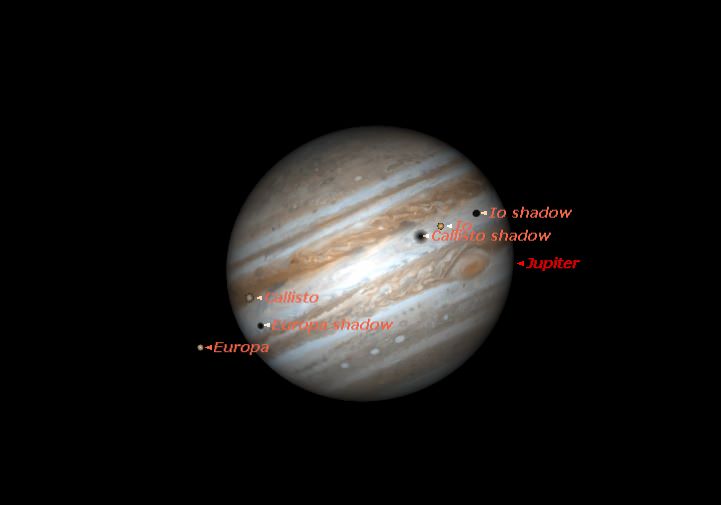
February
01- Venus passes 0.8 degrees south of Neptune at ~17:00 UT.
05- Earth crosses through Jupiter’s equatorial plane, marking the middle of occultation and eclipse season for the Galilean moons.
06- Jupiter reaches opposition at ~18:00 UT.
18- A “Black Moon” occurs, in the sense of the third New Moon in a season with four.
22- Venus passes 0.4 degrees south of Mars at 5:00 UT.
24- Mercury reaches greatest morning elongation at 26.7 degrees west of the Sun at 19:00 UT.
25- The Moon occults Aldebaran for northern Europe at 23:26 UT.
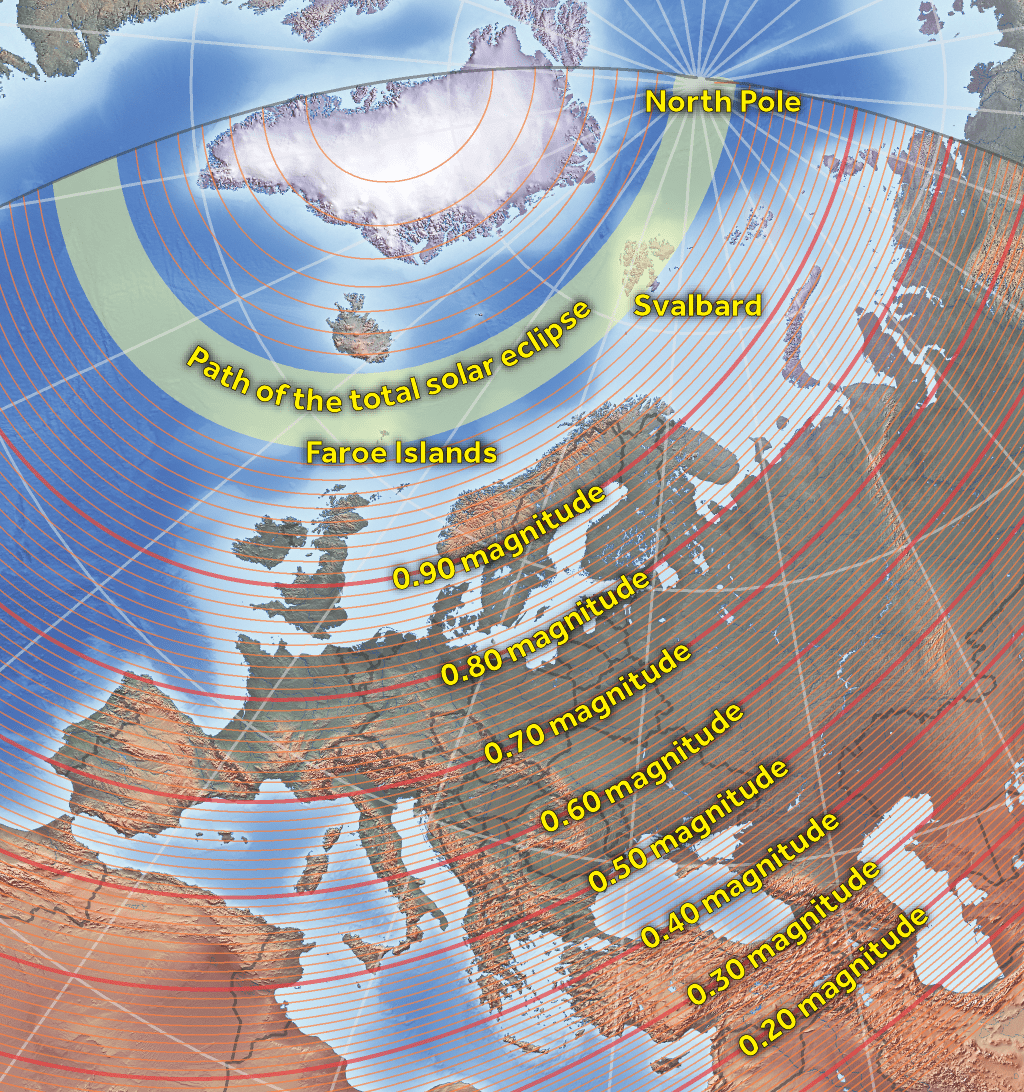
March
01- Geostationary satellite & Solar Dynamics Observatory eclipse season begins on the weeks leading up to the March Equinox.
04- Venus passes 0.1 degrees north of Uranus at ~18:00 UT. This is the closest planet-planet conjunction of 2015.
05- A Minimoon occurs, marking the most distant Full Moon of 2015 at 18:07 UT, just 10 hours from apogee.
11- Mars passes 0.3 degrees north of Uranus at ~16:00 UT.
20- A total solar eclipse occurs over the Arctic centered on 9:47 UT.
20- The March northward equinox occurs at 22:45 UT.
21- The Moon occults Mars for South America at ~22:14 UT.
25- The Moon occults Aldebaran for northwestern North America at ~7:17 UT.
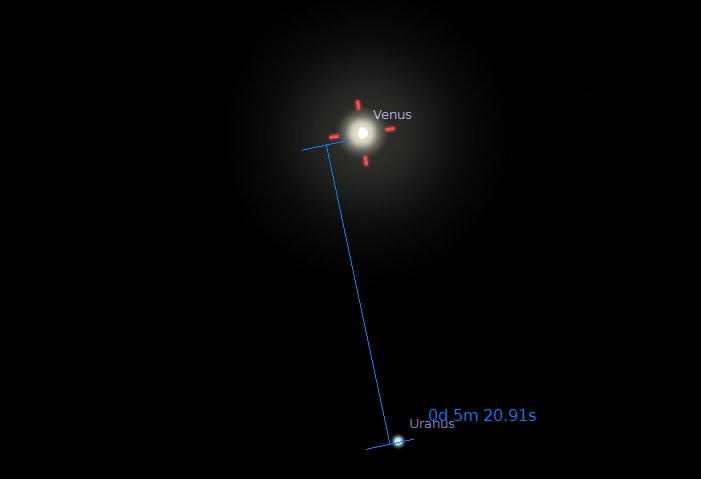
April
04- A total lunar eclipse occurs, centered on 12:01 UT and visible from eastern Asia, the Pacific and the Americas.
08- Mercury passes 0.5 degrees from Uranus at ~11:00 UT.
21- The Moon occults Aldebaran for northern Asia at ~16:57 UT.
22- The Lyrid meteors peak at 24:00 UT, favoring northern Europe with a ZHR of 18.
May
05- The Eta Aquarid meteors peak (time variable), with an estimated ZHR of 55.
07- Mercury reaches greatest evening elongation at 21.2 degrees east of the Sun at 4:00 UT.
19- The Moon occults Aldebaran for northern North America at ~2:53 UT .
20- Comet C/2014 Q1 PanSTARRS may reach binocular visibility.
21- Io and Ganymede both cast shadows on Jupiter from 00:04 to 00:33 UT.
21- Callisto and Europa both cast shadows on Jupiter from 13:26 to 13:59 UT.
23- Saturn reaches opposition at ~1:00 UT.
24- Asteroid 1669 Dagmar occults the +1st magnitude star Regulus at ~16:47 UT for the Arabian peninsula,
the brightest star occulted by an asteroid for 2015.
28- Ganymede and Io both cast shadows on Jupiter from 02:01 to 04:18 UT.
30- Comet 19P/Borrelly may reach binocular visibility.
June
01- The International Space Station reaches full illumination as the June solstice nears, resulting in multiple nightly passes favoring northern hemisphere observers.
04- Io and Ganymede both cast shadows on Jupiter from 4:54 to 6:13 UT.
05- Venus reaches greatest eastern (dusk) elongation for 2015, 45 degrees from the Sun at 16:00 UT.
10- Asteroid 424 Gratia occults a +6.1 magnitude star at ~15:10 UT for northwestern Australia.
15- The Moon occults Mercury for the South Indian Ocean at ~2:26 UT.
15- Moon occults Aldebaran in the daytime for the high Arctic at ~11:33 UT.
16- Comet C/2014 Q1 PanSTARRS may reach naked eye visibility.
21- The June northward solstice occurs at 16:38 UT.
24- Mercury reaches greatest (morning) elongation at 22.5 degrees west of the Sun at 17:00 UT.
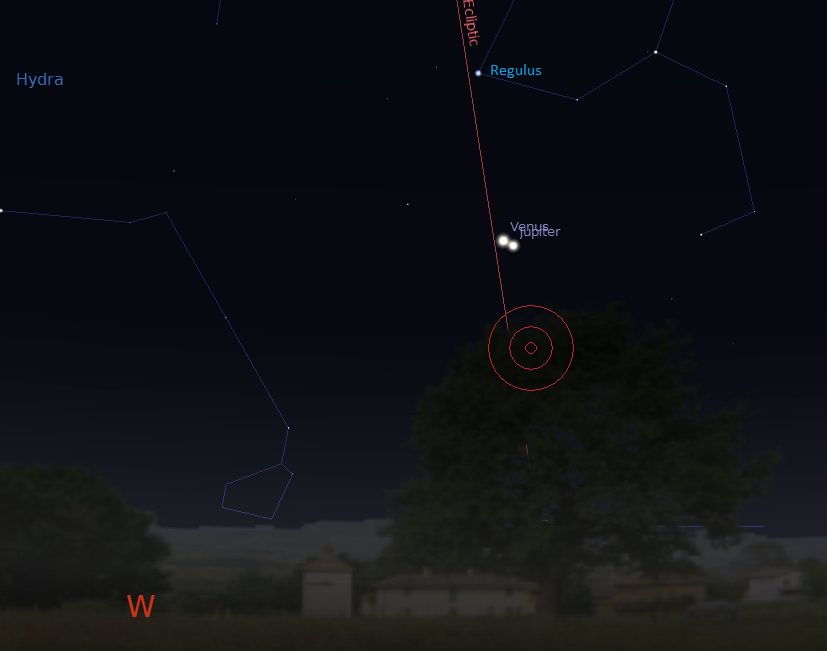
July
01- Venus passes 0.4 degrees from Jupiter at 9:00 UT, marking the closest conjunction of two naked eye planets for 2015.
02- Comet C/2013 US10 Catalina may reach binocular visibility.
06- Earth reaches aphelion at 13:00 UT.
06- Pluto reaches opposition at 15:00 UT, just a week prior to New Horizons’ historic flyby of the distant world.
12- The Moon occults Aldebaran for northeastern Asia ~18:17 UT.
19- The Moon occults Venus for the South Pacific at ~1:07 UT.
25- Asteroid 49 Pales occults a +6.6 magnitude star at 10:55 UT for Mexico.
28- The Delta Aquarids peak (time variable) with a predicted ZHR of 16.
31- A “Blue Moon” occurs, in the sense of the second Full Moon in a given month.
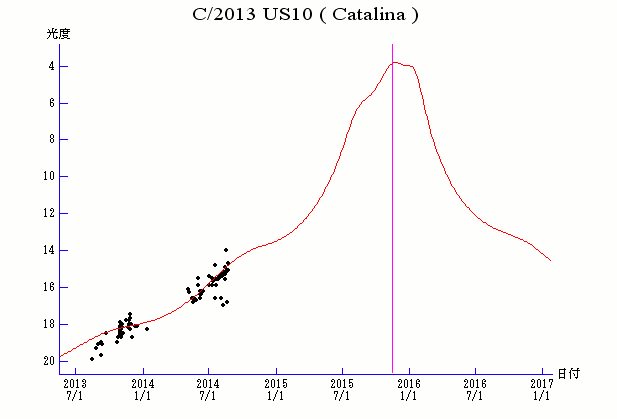
August
07- Mercury, Jupiter and Regulus pass within a degree of each other over the next few evenings.
08- The Moon occults Aldebaran for central Asia at ~23:45 UT.
13- The Perseid meteors peak from 06:30 to 09:00 UT, with a maximum predicted ZHR of 100 favoring North America.
19- Mars crosses the Beehive Cluster M44.
28- Asteroid 16 Psyche occults a +6.4 magnitude star at ~9:49 UT for Bolivia and Peru.
29- Supermoon 1 of 3 for 2015: The Moon reaches Full at 18:38 UT, 20 hours from perigee.
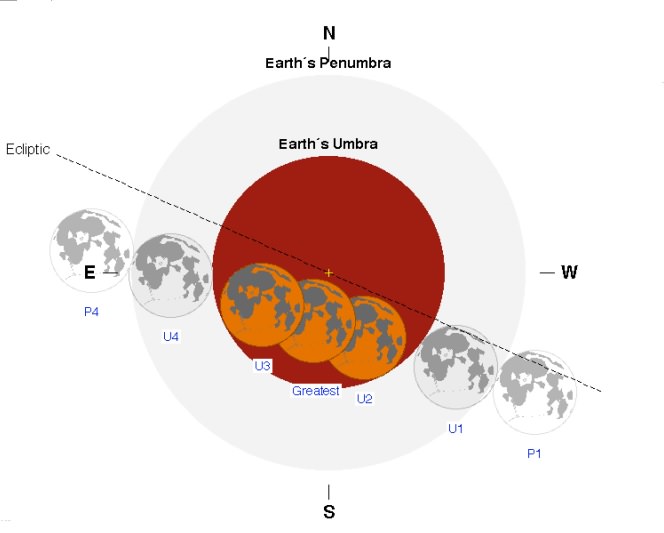
September
01- Neptune reaches opposition at ~3:00 UT.
03- Asteroid 112 Iphigenia occults a +3rd magnitude star for Mexico and Miami at ~9:20 UT. This is the brightest star occulted by an asteroid in 2015 for North America.
02- Geostationary satellite and SDO eclipse season begins as we approach the September equinox.
04- Mercury reaches its greatest elongation for 2015, at 27 degrees east of the Sun at 8:00 UT in the dusk skies.
05- The Moon occults Aldebaran for northeastern North America at ~5:38 UT.
13- “Shallow point” (also known as the minor lunar standstill) occurs over the next lunation, as the Moon’s orbit reaches a shallow minimum of 18.1 degrees inclination with respect to the celestial equator… the path of the Moon now begins to widen towards 2025.
13- A partial solar eclipse occurs, centered on 6:55 UT crossing Africa and the Indian Ocean.
23- The September southward equinox occurs at 8:20 UT.
25- Mars passes 0.8 degrees from Regulus at ~4:00 UT.
28- A total lunar eclipse occurs centered on 2:48 UT, visible from the Pacific, the Americas and eastern Europe.
28- Supermoon 2 of 3 for 2015: The Moon reaches Full at 2:52 UT, approximately an hour from perigee. This marks the closest Full Moon of the year.

October
01- Comet C/2013 US10 Catalina may reach naked eye visibility.
02- The Moon occults Aldebaran for the northern Pacific at 13:14 UT.
02- Io and Callisto both cast shadows on Jupiter from 12:26 to 13:35 UT.
08- The Moon occults Venus for Australia at ~20:32 UT.
11- The Moon occults Mercury for Chile at ~12:00 UT.
12- Uranus reaches opposition at ~3:00 UT.
16- Mercury reaches greatest elongation (morning) 18.1 degrees west of the Sun at 10:00 UT.
17- Mars passes 0.4 degrees from Jupiter at 22:00 UT.
18- Io and Ganymede both cast shadows on Jupiter from 10:45 to 12:10 UT.
21- The Orionid meteors peak (time variable) with a projected ZHR of 15.
25- Venus passes 1 degree from Jupiter ~19:00 UT.
25- Io and Ganymede both cast shadows on Jupiter from 12:37 to 14:51 UT.
27- Supermoon 3 of 3 for 2015: The Moon reaches Full at 12:06 UT, 23 hours from perigee.
29- The Moon occults Aldebaran for Europe at ~23:07 UT.
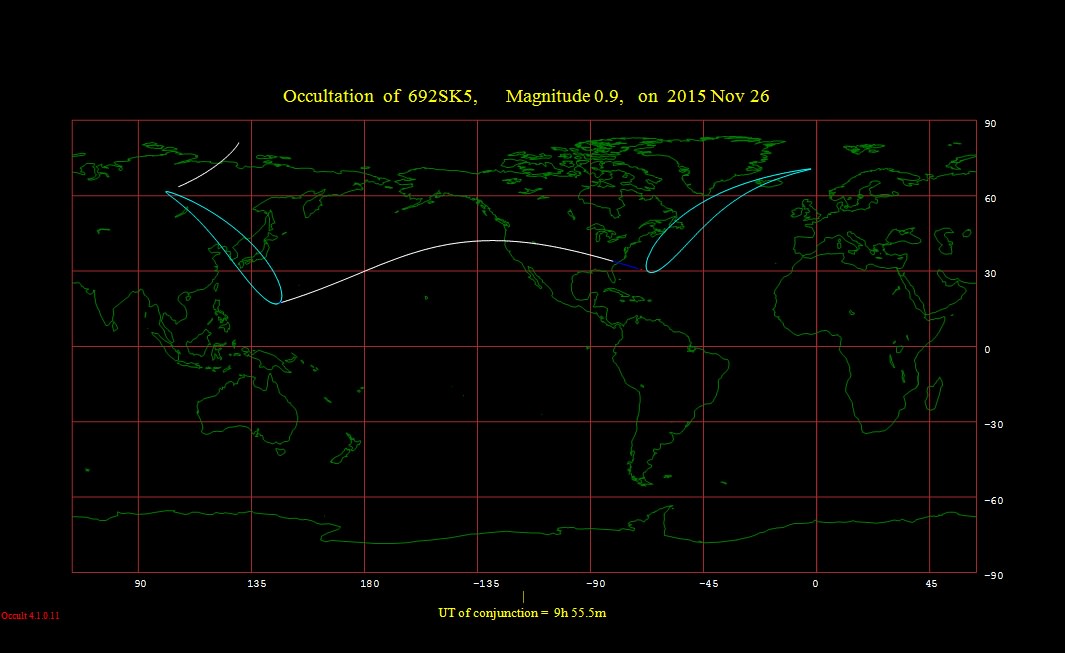
November
01- Io and Ganymede both cast shadows on Jupiter from 17:36 to 17:47 UT.
02- Venus passes 0.7 degrees south of Mars at 00:30 UT.
12- Will the 7 year “Taurid fireball meteor shower” produce?
18- The Leonid meteor shower peaks at 04:00 UT, with an estimated ZHR of 15 favoring Europe.
22- Are we in for a once per decade Alpha Monocerotids outburst? The 2015 peak arrives at 4:25 UT, favoring Europe… with a max ZHR = 400+ possible.
26- The Moon occults Aldebaran for North America at ~9:56 UT.
29- Comet C/2013 X1 PanSTARRS may reach binocular visibility.
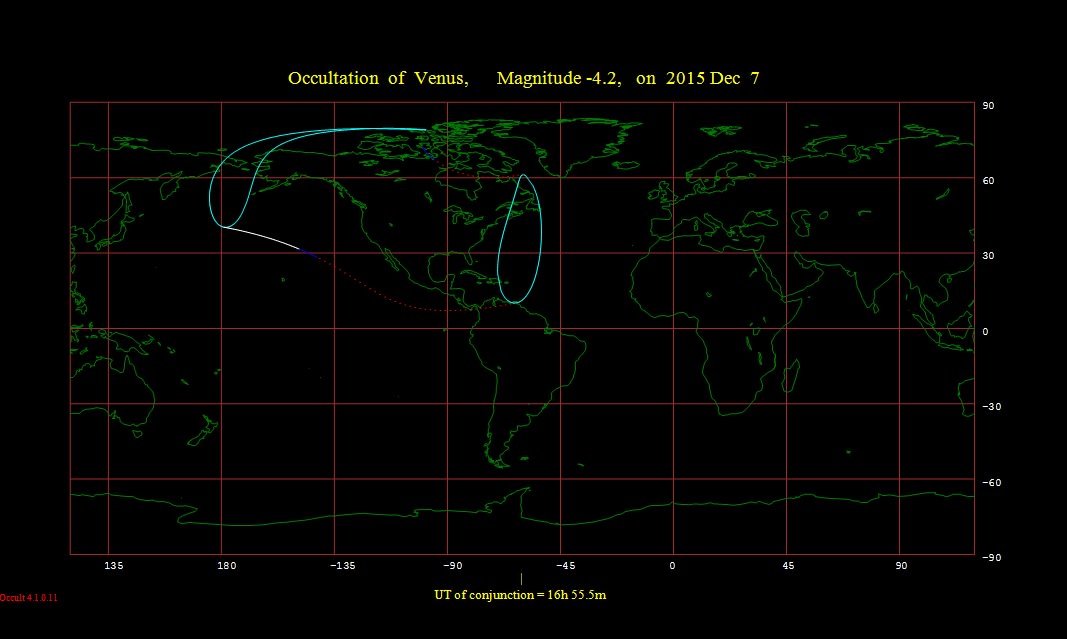
December
01- The International Space Station reaches full illumination as the December solstice nears, resulting in multiple nightly passes favoring the southern hemisphere.
04- Mercury occults the +3.3 magnitude star Theta Ophiuchi for South Africa at 16:16 UT prior to dusk.
06- The Moon occults Mars for central Africa at ~2:42 UT.
07- The Moon occults Venus in the daytime for North America at ~16:55 UT.
14- The Geminid meteor shower peaks at 18:00 UT, with a ZHR=120 favoring NE Asia.
22- The December southward solstice occurs at 4:48 UT.
23- The Ursid meteor shower peaks at 2:30 UT with a ZHR variable from 10-50 favoring Europe and the Middle East.
23- The Moon occults Aldebaran for Europe and central Asia at ~19:32 UT.
29- Mercury reaches greatest evening elongation at 19.7 degrees east of the Sun at 00:01 UT.
Didn’t see your favorite event on the list? Let us know, and be sure to send in any images of these fine events to Universe Today’s Flickr forum.
Enjoy another exciting year of space and astronomy… we’ll be expounding on these events and more as 2015 unfolds.
Sources:
-Kevin McGill’s outstanding astronomical simulations.
-Greatest Elongations of Mercury and Venus.
-Steve Preston’s asteroid occultation predictions for 2015.
-The USNO forecast of phenomena for 2015.
-Seiichi Yoshida’s Weekly Information About Bright Comets.
-Fred Espenak’s NASA Eclipse web page.
-The American Meteor Society’s 2015 predictions.
-The International Meteor Organization’s 2015 page.
-Fourmilab’s lunar perigee and apogee calculator.

